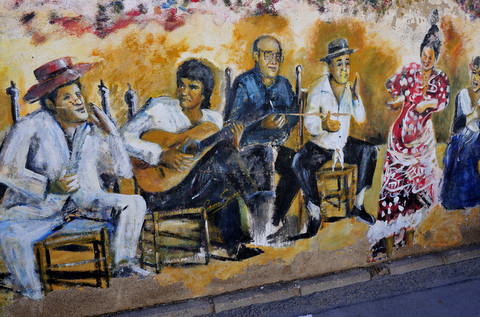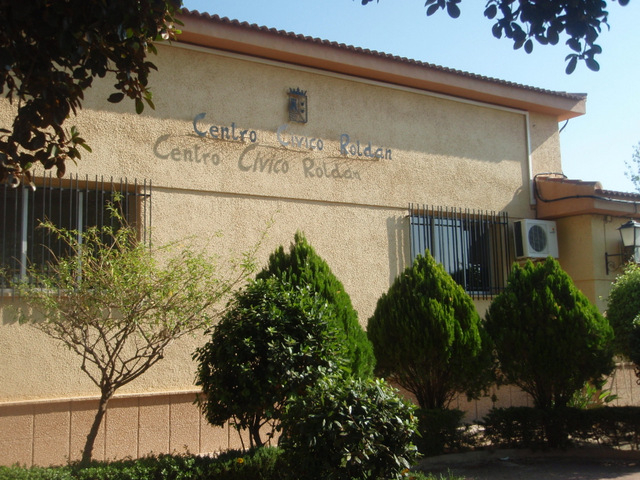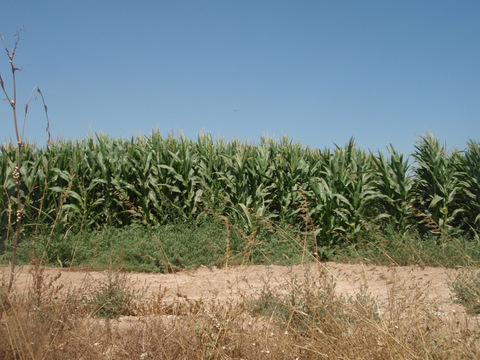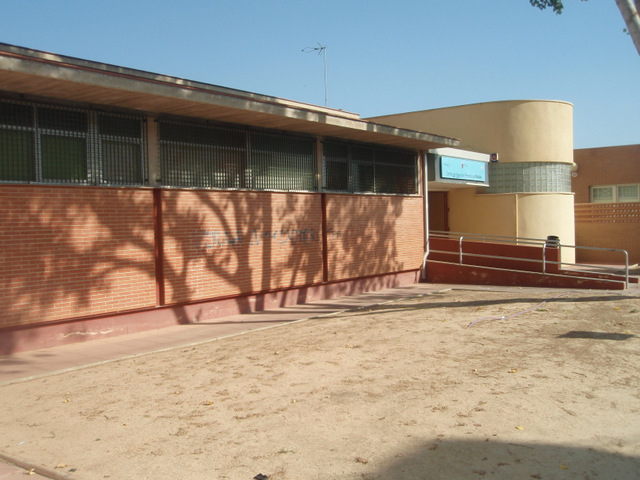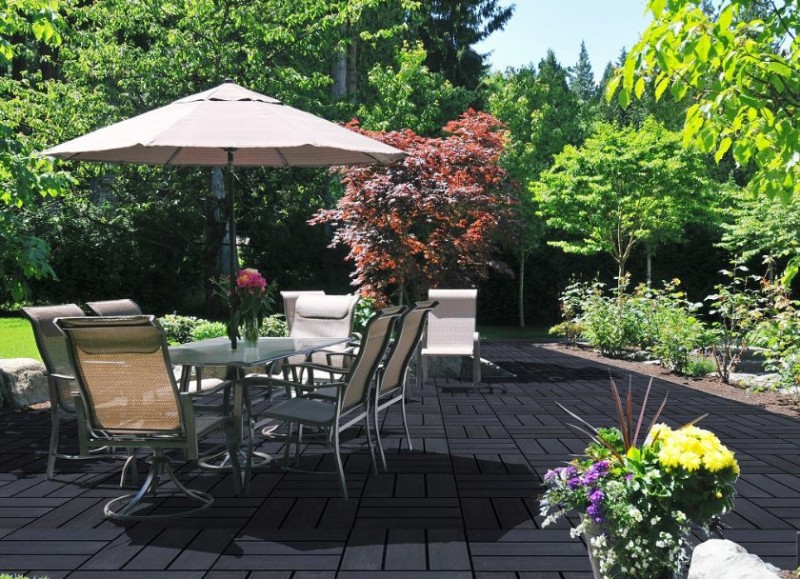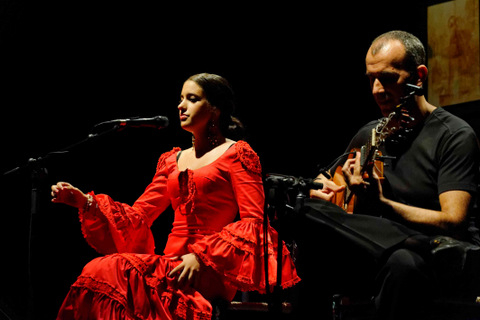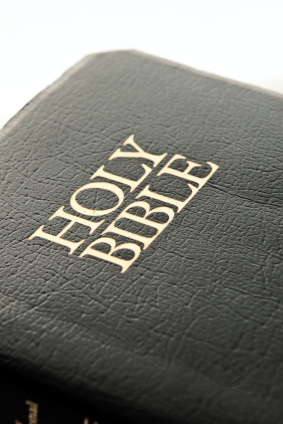- Region
- Águilas
- Alhama de Murcia
- Jumilla
- Lorca
- Los Alcázares
- Mazarrón
- San Javier
-
ALL AREAS & TOWNS
- AREAS
- SOUTH WEST
- MAR MENOR
- MURCIA CITY & CENTRAL
- NORTH & NORTH WEST
- TOWNS
- Abanilla
- Abarán
- Aguilas
- Alamillo
- Alcantarilla
- Aledo
- Alhama de Murcia
- Archena
- Balsicas
- Blanca
- Bolnuevo
- Bullas
- Cañadas del Romero
- Cabo de Palos
- Calasparra
- Camping Bolnuevo
- Campo De Ricote
- Camposol
- Canada De La Lena
- Caravaca de la Cruz
- Cartagena
- Cehegin
- Ceuti
- Cieza
- Condado de Alhama
- Corvera
- Costa Cálida
- Cuevas De Almanzora
- Cuevas de Reyllo
- El Carmoli
- El Mojon
- El Molino (Puerto Lumbreras)
- El Pareton / Cantareros
- El Raso
- El Valle Golf Resort
- Fortuna
- Fuente Alamo
- Hacienda del Alamo Golf Resort
- Hacienda Riquelme Golf Resort
- Isla Plana
- Islas Menores & Mar de Cristal
- Jumilla
- La Azohia
- La Charca
- La Manga Club
- La Manga del Mar Menor
- La Pinilla
- La Puebla
- La Torre
- La Torre Golf Resort
- La Unión
- Las Palas
- Las Ramblas
- Las Ramblas Golf
- Las Torres de Cotillas
- Leiva
- Librilla
- Lo Pagan
- Lo Santiago
- Lorca
- Lorquí
- Los Alcázares
- Los Balcones
- Los Belones
- Los Canovas
- Los Nietos
- Los Perez (Tallante)
- Los Urrutias
- Los Ventorrillos
- Mar De Cristal
- Mar Menor
- Mar Menor Golf Resort
- Mazarrón
- Mazarrón Country Club
- Molina de Segura
- Moratalla
- Mula
- Murcia City
- Murcia Property
- Pareton
- Peraleja Golf Resort
- Perin
- Pilar de la Horadada
- Pinar de Campoverde
- Pinoso
- Playa Honda
- Playa Honda / Playa Paraíso
- Pliego
- Portmán
- Pozo Estrecho
- Puerto de Mazarrón
- Puerto Lumbreras
- Puntas De Calnegre
- Region of Murcia
- Ricote
- Roda Golf Resort
- Roldan
- Roldan and Lo Ferro
- San Javier
- San Pedro del Pinatar
- Santiago de la Ribera
- Sierra Espuña
- Sucina
- Tallante
- Terrazas de la Torre Golf Resort
- Torre Pacheco
- Totana
- What's On Weekly Bulletin
- Yecla


- EDITIONS:
 Spanish News Today
Spanish News Today
 Alicante Today
Alicante Today
 Andalucia Today
Andalucia Today
article_detail
A history of Roldán and Lo Ferro
Roldán lies within the municipality of Torre Pacheco
The first signs of human settlement in Roldán
Roldán is located in a highly advantageous area, in the middle of the fertile plains of the Campo de Cartagena and close to the lagoon of the Mar Menor. This plain has been an attractive area for human settlement since prehistoric times, and there are sites of archaeological interest scattered all over the area, for example at La Sima de las Palomas, a site which is considered to be one of the most important in the whole of the Spanish Mediterranean coast due to the large number of Neanderthal remains found there.
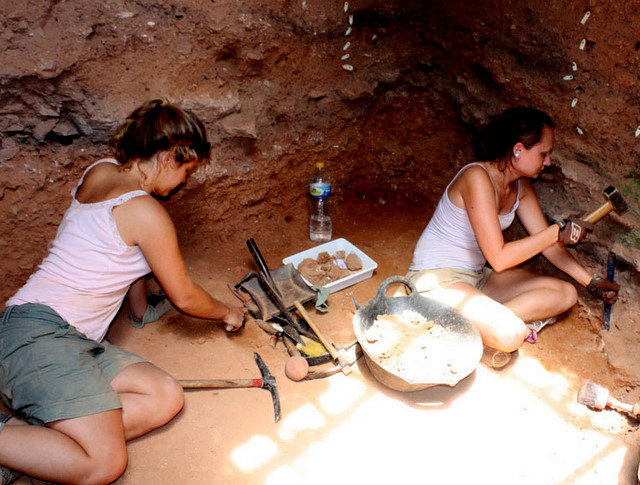
The first signs of settlement in Roldán date back to the time of the Roman occupation of Spain. Various pieces of ceramics and a 4th century coin have been found, which point to the existence of a typical Roman villa, possibly presented to one of the soldiers from the Roman legions who often came to live close to the roads running through the area. It is possible that the road in Roldán followed the gully which ran through Los Sánchez, Las Moreras and Valderas. Although it is no longer used, a path still exists along this route.
During the Middle Ages the plains of the Campo de Cartagena were used as pasture land by the transhumance farmers from the higher part of the kingdom of Murcia and the upland plains of La Mancha. Flocks spent their winters here, and their summers in higher areas with more rainfall.
The later history of the area revolves around two main towns, Roldán and Lo Ferro, where various impressive houses were built, including the ones at Valderas, Casa de Roldán and La Torre. The likelihood is that each of these manorial houses was the headquarters for an agricultural estate.
The emergence of Roldán as a centre of population
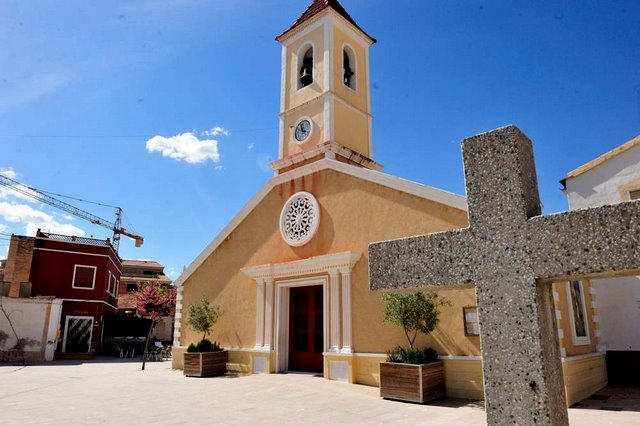
In the 16th and 17th centuries the population of the Campo de Cartagena grew significantly due to the arrival of new immigrants now that the area was safe following the expulsion of the Moors from Granada in 1492. Families belonging to the nobility built large isolated farmhouses and this defined the disperse nature of the population of the plain which would last for hundreds of years.
The first urban nuclei appeared in the 17th century, the oldest being Los Alcázares, Fuente Álamo and Torre Pacheco, alongside others such as Balsicas, Roldán, Dolores and Lo Ferro. It appears that among the latter the first may have been Lo Ferro, which is mentioned in documents as early as 1601. The origin of the town’s name comes from a Genoan family who lived in the city of Murcia, acquired land in the Campo de Cartagena and became members of the Council of Murcia.
The second town was Roldán, which had fewer inhabitants than Lo Ferro until the beginning of the 20th century. It appears that it sprang up around the Roldán estate and the Marquis of Rozalejo, who received it from his wife, who in turn had inherited it from one of the most important landowners in Murcia, the Count of the Valle de San Juan.

The emergence of the current town of Roldán can be said to have begun in the Casa de Roldán, the manorial house, of which the structure can still be seen. It is possible to make out the distribution of rooms in the interior, a coat of arms on the façade, two stones belonging to the old chapel and some remnants of the chapel’s foundations, believed to date from 1709.
The owners of the estate of Roldán must have had some kind of relationship with the owners of Lo Duro, which is very close by, and both estates have a mill, which indicates that a fair number of people must have lived there.
In the census documents of Ensenada (1771) and Floridablanca (1787), mention is made of Roldán, and in 1802 a church was built, not far from where it stands today, to cater for the religious needs of its inhabitants.
The initial development of the town of Roldán followed the same path as other centres of population in the Campo de Cartagena, namely a manorial house or estate of a tower, with a church or chapel, which in the case of Roldán achieved the status of parish church between 1908 and 1910. This church was dependent on the parish church of Nuestra Señora del Rosario in Torre Pacheco.
At the start of the 20th century Roldán already had around twenty houses and there was another estate next door, although it is not certain whether this was closely related to Roldán itself at the time.
This house is Valderas, and it is the furthest away from the town centre. This house was built by the Marquis of Torre Pacheco in the 19th century as a wedding present to his wife, and was later inherited by minor branches of the Fontes family.
Roldán nowadays
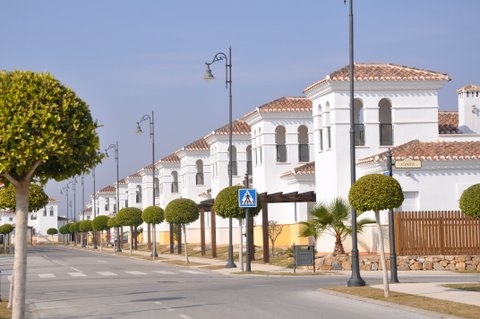 The Campo de Cartagena was greatly revitalised by the Tajo-Segura canal, which brought a far more regular water supply after it was completed in 1979, transforming thousands of hectares into irrigated farming land.
The Campo de Cartagena was greatly revitalised by the Tajo-Segura canal, which brought a far more regular water supply after it was completed in 1979, transforming thousands of hectares into irrigated farming land.
As a result, Roldán, along with the rest of the municipality of Torre Pacheco, has witnessed a period of dramatic expansion in the agriculture sector. New technology and a large workforce have made agriculture the main economic resource of the area, and Roldán has grown rapidly. The town has now encompassed various old estates and groups of houses, such as Las Armaeras, Los Segaos and Las Moreras.
The attractions of the area which date from pre-historic times have not been lost on the residential tourism sector either, and the nearby La Torre resort has brought a large influx of immigrants and a lot of associated service industry.
Another attraction is the annual Festival de Cante de Lo Ferro, a flamenco festival run by the Peña dedicated to flamenco in Lo Ferro, which has been a huge success and has brought thousands of visitors every year since it was first held in 1980.
More local info about Roldán in the Roldán town section of Murcia Today. Roldán is an outlying district of the municipality of Torre Pacheco in the Mar Menor area of the Region of Murcia.
article_detail
Contact Murcia Today: Editorial 000 000 000 /
Office 000 000 000

